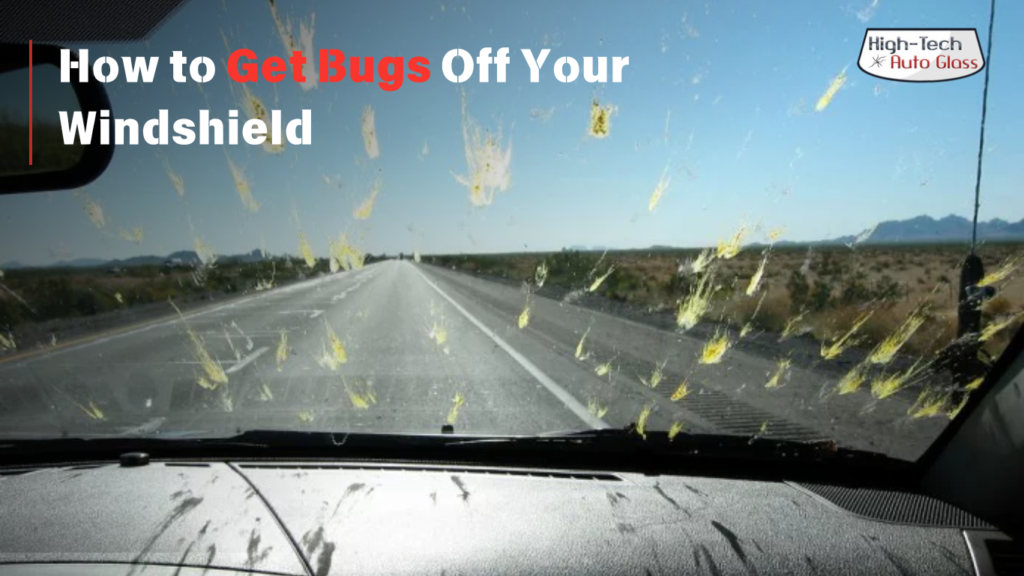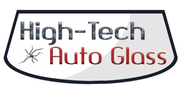How to Get Bugs Off Your Windshield Safely and Quickly: A Practical Guide

You’re cruising down the highway, music up, windows down — and then splat! A bunch of bugs smash right across your windshield. It’s not just gross; it’s dangerous too. Those splattered insects aren’t just easy to wipe off later. Their guts contain acidic substances that can actually etch into the glass if left for too long, making it harder to see clearly. Plus, poor visibility from a dirty windshield is a real safety hazard.
Cleaning bugs off properly isn’t just about looks; it’s about protecting your windshield and your safety. Let’s break down how to do it the right way, without damaging your car.
Why Bugs Stick to Your Windshield So Hard
Ever wonder why bugs feel like they’re superglued to your windshield? It’s not your imagination. Bug guts are packed with protein-based fluids and sticky enzymes. When they hit your moving car at high speed, the heat from the road and the sun dries them out almost instantly. This process, combined with surface tension, makes them bond tight to the glass surface — sometimes even tougher if your windshield has lost its hydrophobic coating.
It’s completely normal for bugs to be this stubborn. They’re built tough to survive impacts, and when they don’t, the mess left behind can practically bake onto your car. That’s why regular cleaning is key — just like you’d keep your windshield free from scratches or repair small chips early.
Skipping cleanup? You might also risk needing a full windshield replacement sooner than you think.
What NOT to Do When Removing Bugs from Your Windshield
Bugs might be annoying, but rushing to clean them the wrong way can do more harm than good. Here’s what you should avoid if you don’t want to damage your windshield.
Scrubbing a Dry Windshield
Grabbing a paper towel or cloth and scrubbing a dry bug splatter seems quick, but it’s a bad idea. Dry rubbing can cause micro-scratches on your windshield surface, especially if tiny dust or dirt particles are present.
Fact: Even though tempered glass is tough, it still ranks about 5.5 on the Mohs hardness scale — meaning it can scratch if handled roughly.
If scratches become serious, you might eventually need a Professional Windshield Repair Service to fix it — and that’s not cheap.
Using Harsh Chemicals
Strong cleaners like bleach or ammonia-based products can react with your windshield’s surface treatments or hydrophobic coatings, causing long-term damage.
Plus, these chemicals can run off onto your car’s paint, stripping away protective layers.
Whenever you clean glass, stick to gentle automotive-safe products or DIY natural solutions — more on that coming soon.
Ignoring Bug Splatter for Too Long
Letting bug remains sit for days, especially under the sun, can lead to permanent etching on your windshield. Acidic proteins in bugs break down surface molecules over time.
If you’ve waited too long and notice pitting or marks, it’s smart to consider options like Windshield Chip Repair Services before the damage worsens.
Best Methods to Remove Bugs from Your Windshield (Safely and Effectively)
Now that you know what not to do, let’s talk about what actually works. The goal here is simple: remove the bugs without scratching or damaging your windshield. Here’s the right way to tackle it:
Step 1: Pre-Soak with Water or Bug Remover Spray
Before touching the bugs, give them a good soak.
Spraying water or an automotive-safe bug remover helps soften the dried splatter, making it easier to wipe off without effort.
- Pro Tip: Use lukewarm water if possible — mild heat helps break down the protein structures inside the splatter (Chemical & Engineering News).
Avoid using hot water straight from the kettle; sudden temperature changes can crack your windshield!
If you notice stubborn patches, applying a second soak won’t hurt.
Step 2: Use a Bug Sponge or a Microfiber Cloth
Once softened, gently wipe using a bug sponge or a microfiber cloth:
Bug sponges have a textured surface that grips onto bug remains without scratching.
Microfiber cloths have super-fine fibers that lift dirt while being gentle on the glass.
If you’re wondering about preventing future scratches, it’s worth reading Ways to Protect Your Car Windshield from Scratches.
Step 3: Try DIY Natural Solutions (Baking Soda or Vinegar)
Don’t want to buy fancy products?
You can also use simple, homemade remedies:
- Baking Soda Paste: Mix baking soda with a little water. Apply it, let it sit for a few minutes, and gently scrub with a soft cloth.
- Vinegar Spray: Mix equal parts vinegar and water. Spray, wait, and wipe.
Baking soda acts as a mild abrasive, and vinegar’s acetic acid helps dissolve organic residues — without harming the glass surface.
Important: Always rinse thoroughly after using vinegar to avoid residue buildup.
Step 4: Rinse Well and Dry
Finally, rinse the windshield with clean water and dry it with a soft microfiber towel.
Leaving water spots behind can lead to mineral deposits (hard water spots) that are tough to remove later.
If you’re planning a full clean-up session, you might enjoy reading Simple Tips to Keep Your Car Windshield Crystal Clear.
How to Prevent Bug Build-Up on Your Windshield
Cleaning bugs off once is fine, but preventing them from sticking in the first place is even better. A little prevention can save you a lot of time and effort later. Here’s how you can make your windshield more bug-proof:
Apply a Hydrophobic Windshield Treatment
Using a hydrophobic coating (like Rain-X) on your windshield creates a slick surface that reduces bug adhesion.
Hydrophobic coatings work by lowering the surface energy of the glass, making it harder for anything — bugs, water, dirt — to stick.
If you’re curious about coatings and treatments, check out Why Windshield Treatment Is a Must-Have for Arizona Drivers.
Wash Your Windshield Regularly
Even if bugs don’t seem visible, regular washes prevent minor residues from hardening over time.
A simple wipe-down every few days can save you a lot of scrubbing later.
Extra se automotive-safe cleaners — not household glass sprays — as they are designed to protect specialized coatings.
Be Smart About Parking
Where you park matters too.
- Avoid parking near lakes, ponds, or heavily wooded areas — these zones are bug hotspots, especially during warmer months.
- Choose shaded parking when possible to prevent bug splatter from baking onto your windshield under direct sunlight.
Conclusion
Bugs on the windshield aren’t just a messy sight, they can quietly damage your glass and affect your safety over time. By using simple, safe methods and being a little proactive, you can keep your view clear and your trips worry-free.
But if you ever find that stubborn bug damage, tiny cracks, or scratches have taken a toll, don’t worry, High-Tech Auto Glass is here to help. Whether you need a quick fix or a full windshield replacement in Phoenix, our expert team is ready to get you safely back on the road.
We also specialize in truck windshield replacement and RV windshield replacement, so no matter what you drive, your windshield is in the best hands.
Clear view, safer drive, that’s what we stand for at High-Tech Auto Glass. Feel free to reach out whenever you need us!
Frequently Asked Questions
Can vinegar damage a car windshield?
No, diluted vinegar (mixed 1:1 with water) is generally safe for glass. However, you should avoid letting it sit too long or using it in direct sun, which could leave streaks. Always rinse and dry properly after using vinegar.
Does rain wash bugs off the windshield?
Not really. While rain can loosen some dirt, bug splatters are too sticky to be washed away by rain alone. You’ll still need manual cleaning or the use of a proper bug remover afterward.
How often should I clean bugs off my windshield?
Ideally, after every long drive or whenever you notice visible splatter.
The longer bugs sit, the harder they bond to the glass — and the higher the chance they cause permanent marks.
Can bugs permanently damage the windshield?
Yes, bug splatter contains acids and enzymes that can etch into the glass if left too long, especially under strong sunlight. It’s not just a cosmetic issue — it can impact visibility and windshield strength over time.
What's the safest DIY solution for bug removal?
The safest DIY option is a baking soda paste (baking soda + water) or a vinegar-water spray. Both are gentle on glass but tough enough to loosen bug remains. Always follow up with a rinse and soft cloth dry.
